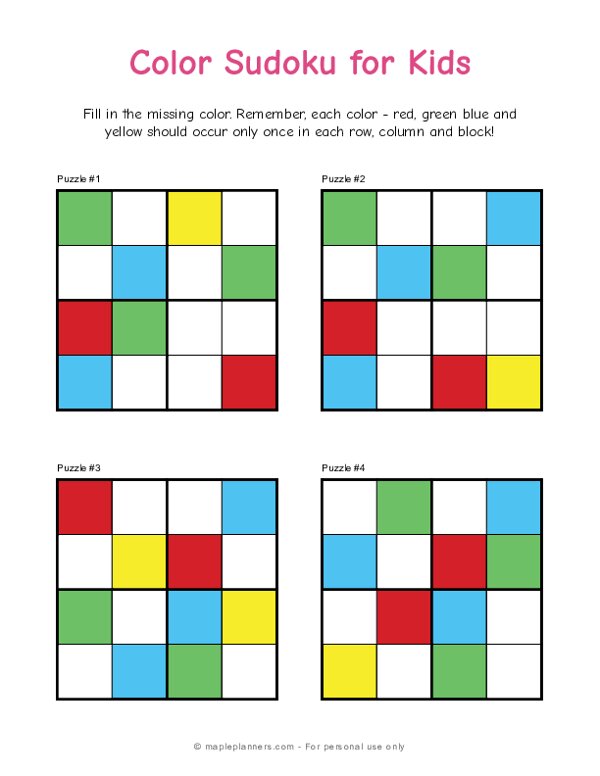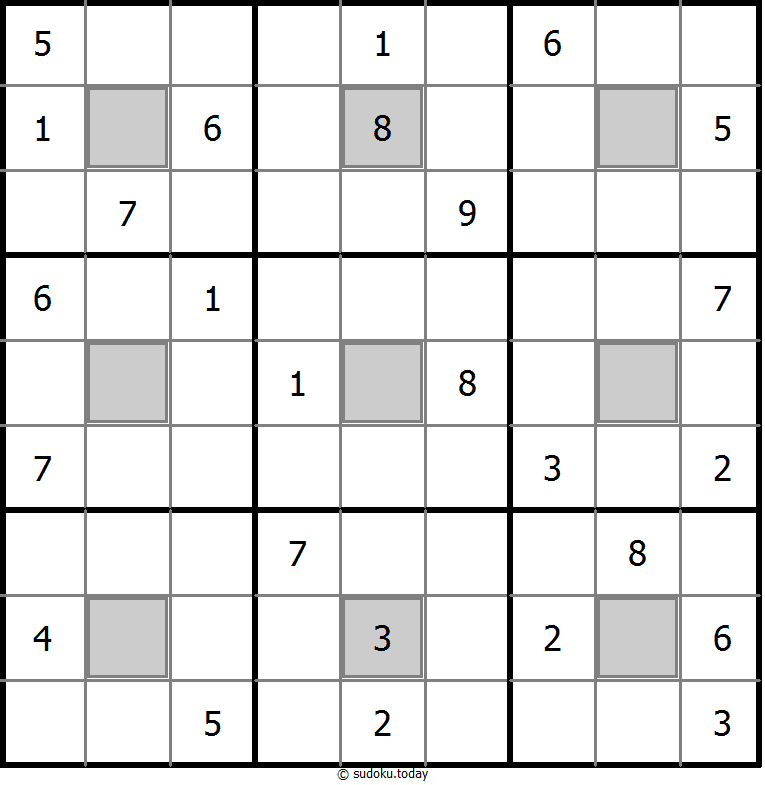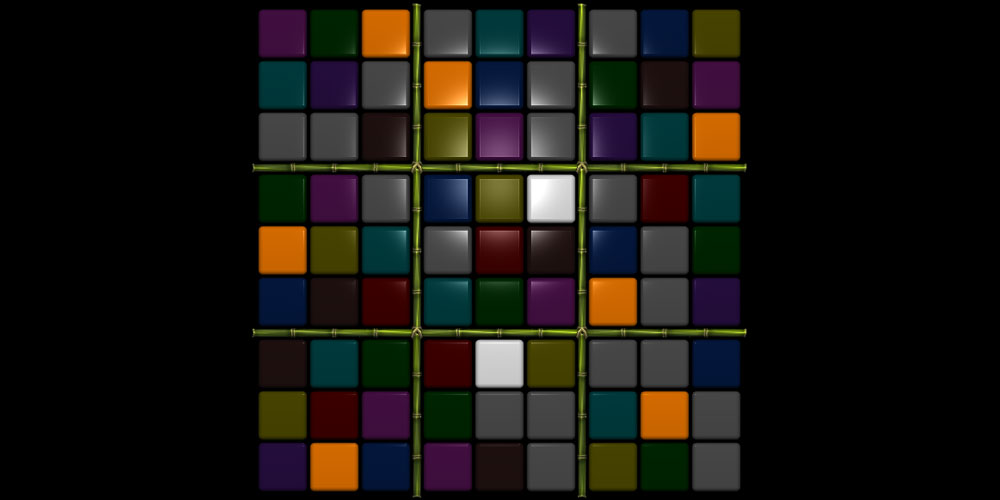
I generally hate any games that come with tiny pieces that roll in all directions and pose as choking hazards. Let me count down our issues with Colorku. If you’ve played Sudoku, where numbers 1-9 must be contained in each row, column and square of puzzle without repeating, you understand the rules of Colorku - just sub out colors for numbers.īut compared with traditional Sudoku, that’s where the pros stop and cons begin. Timberdoodle sends us a ton of great items to review, and we’ve loved nearly everything, but this was a total miss for our family. This is our goal with Empirical Modelling.Colorku, the color Sudoku puzzle, is great in theory. For safety-critical systems (such as railway management) it is literally a matter of life and death that we learn to use computers in ways that integrate smoothly with human perception, communication and action. Even in something so simple as a Sudoku puzzle humans use a mixture of perception, expectation, experience and logic that is just incompatible with the way a computer program would typically solve the puzzle. "Traditional computer programs are best-suited for tasks that are so well-understood they can, without much loss, be expressed in a closed, mechanical form in which all interactions or changes are ‘pre-planned’. This has shown that there were systemic problems arising from the introduction of the new technology.ĭr Steve Russ of the Empirical Modelling group at the University of Warwick said: Reports at the time sought to blame various railway personnel but by applying Empirical Modelling the researchers have created an environment in which experimenters can replay the roles of the drivers, signalmen and other personnel involved. Previously the researchers have been able to use their principles to analyse a railway accident in the Clayton Tunnel near Brighton when the telegraph was introduced in 1861. The interaction between the shifting colour squares and the logical deductions of the Sudoku puzzle solver is a good illustration of the unusual quality of this "Empirical Modelling" approach. It is of particular relevance for artificial intelligence, computer graphics, and educational technology. The interplay between logic and perception, as it relates to interactions between computers and humans is viewed as key to the building of better software. The method can be applied to other creative problems and he is exploring how this experimental modelling technique can be used in educational technology and learning.

For doctoral researcher Antony Harfield it is a way of exploring how logic and perception interact using a radical approach to computing called Empirical Modelling.

However the colour Sudoku is more than just a game to the University of Warwick Computer Scientists. Sudoku players can test this for themselves at: (NB page requires Flash 9) Players also can gain additional clues by changing the colour assigned to the each digit and watching the unfolding changes in the pattern of colours. If a black square is encountered then a mistake has been made.

More usefully an empty square that has the same colour as a completed square must contain the same digit. This gives players major clues as darker coloured empty squares imply fewer number possibilities. The empty square's colour is the combination of the colours assigned to each possible digit. Empty squares are coloured according to which digits are possible for that square taking account of all current entries in the square's row, column and region. Squares containing a digit are coloured according to the digit's colour. The colour Sudoku adds another dimension to solving the puzzle by assigning a colour to each digit.


 0 kommentar(er)
0 kommentar(er)
